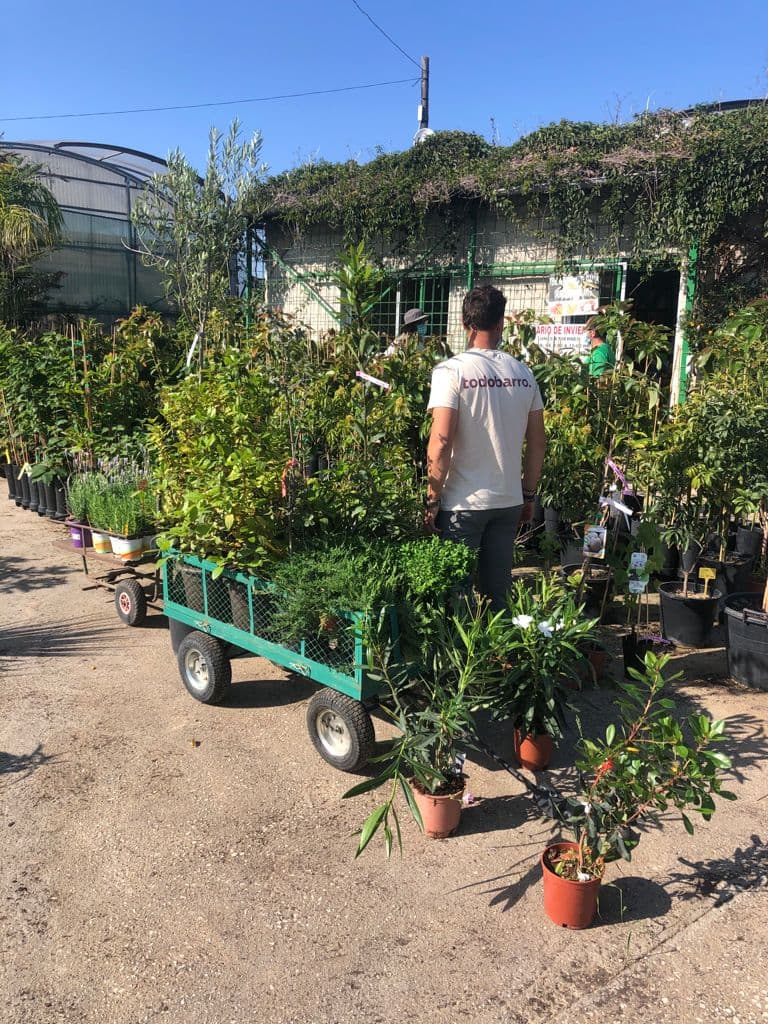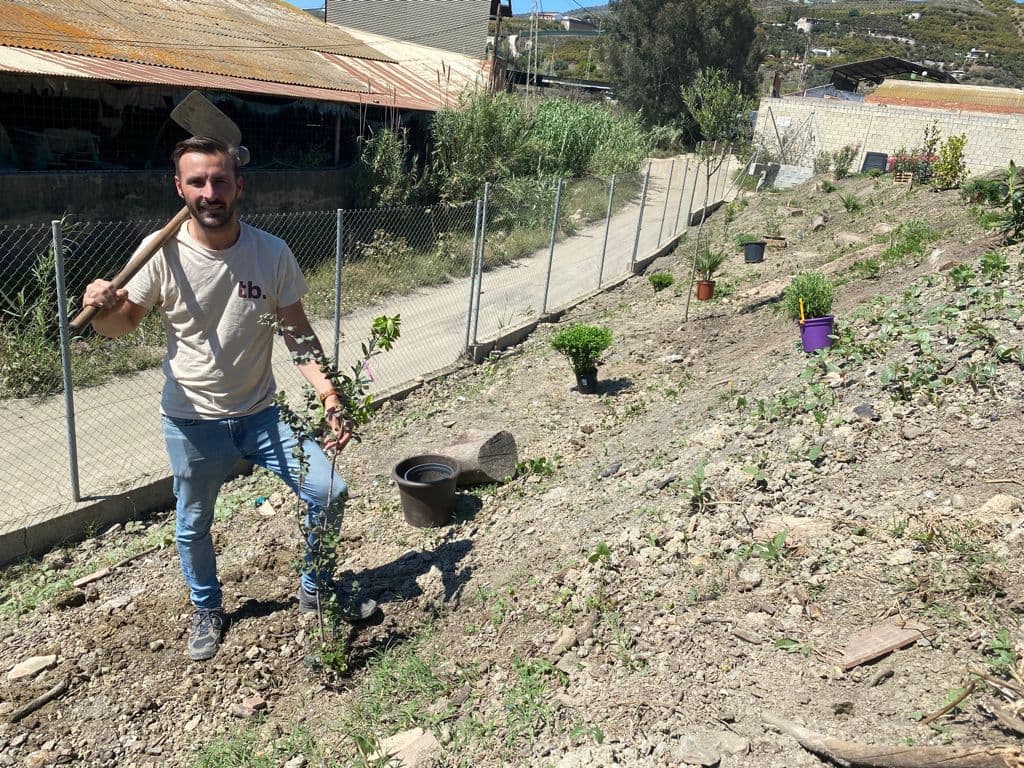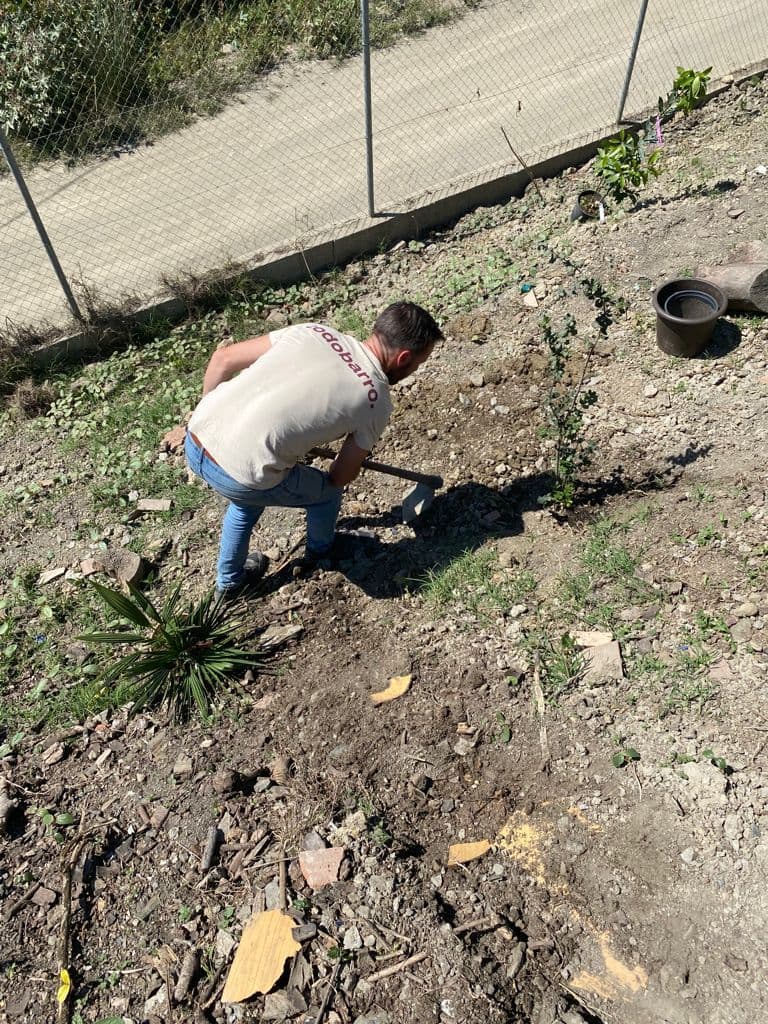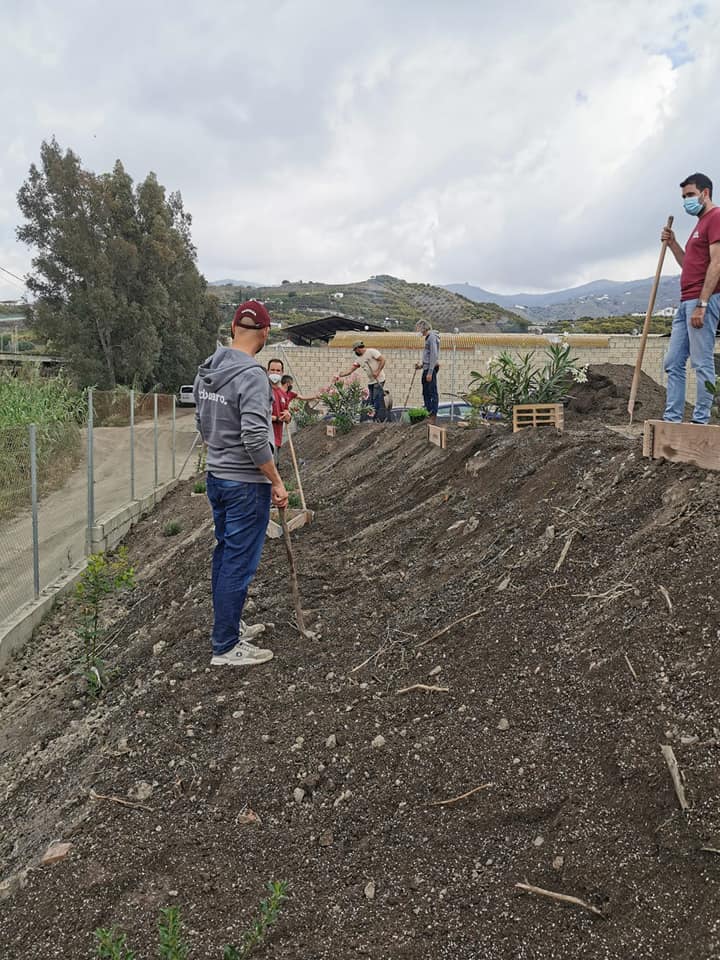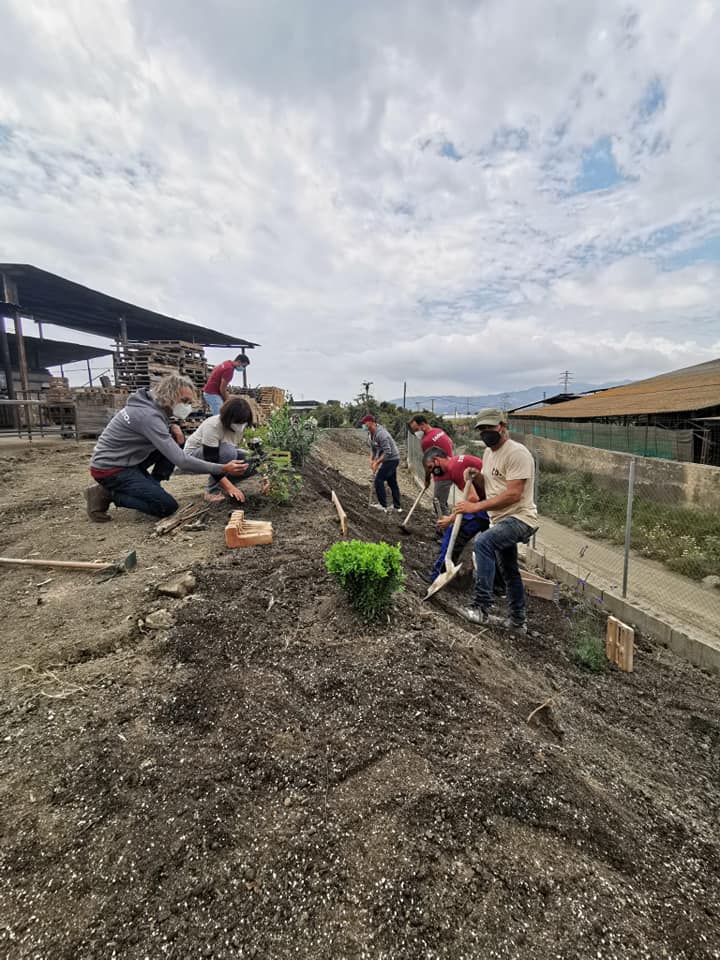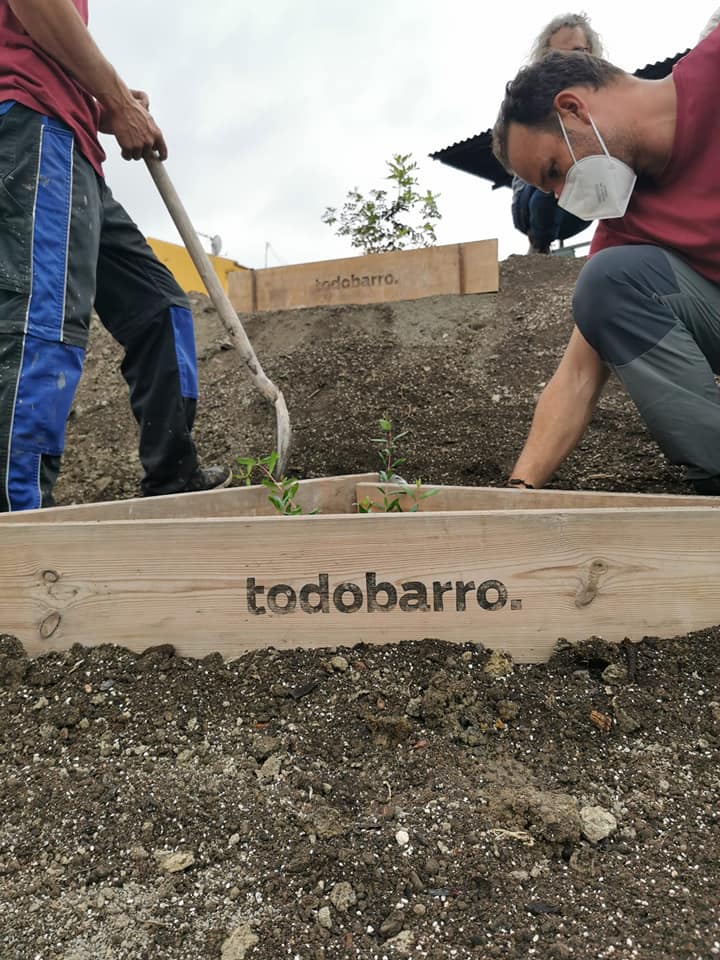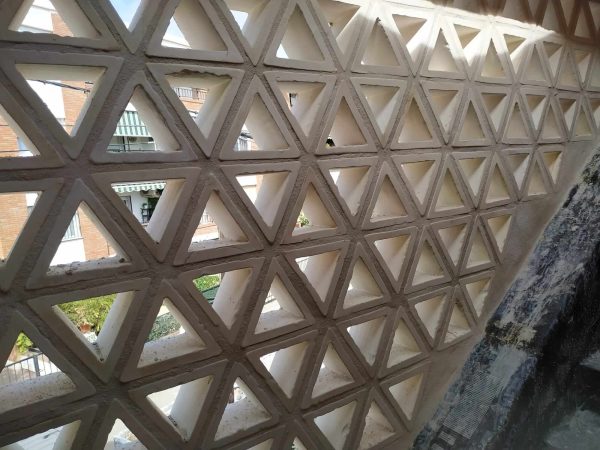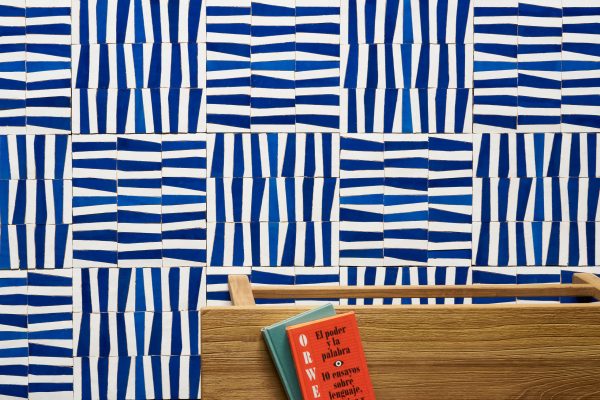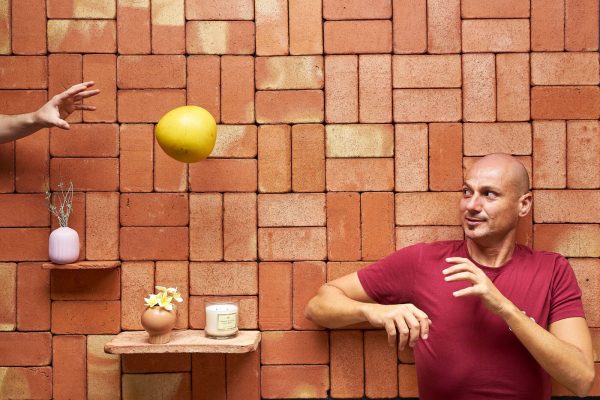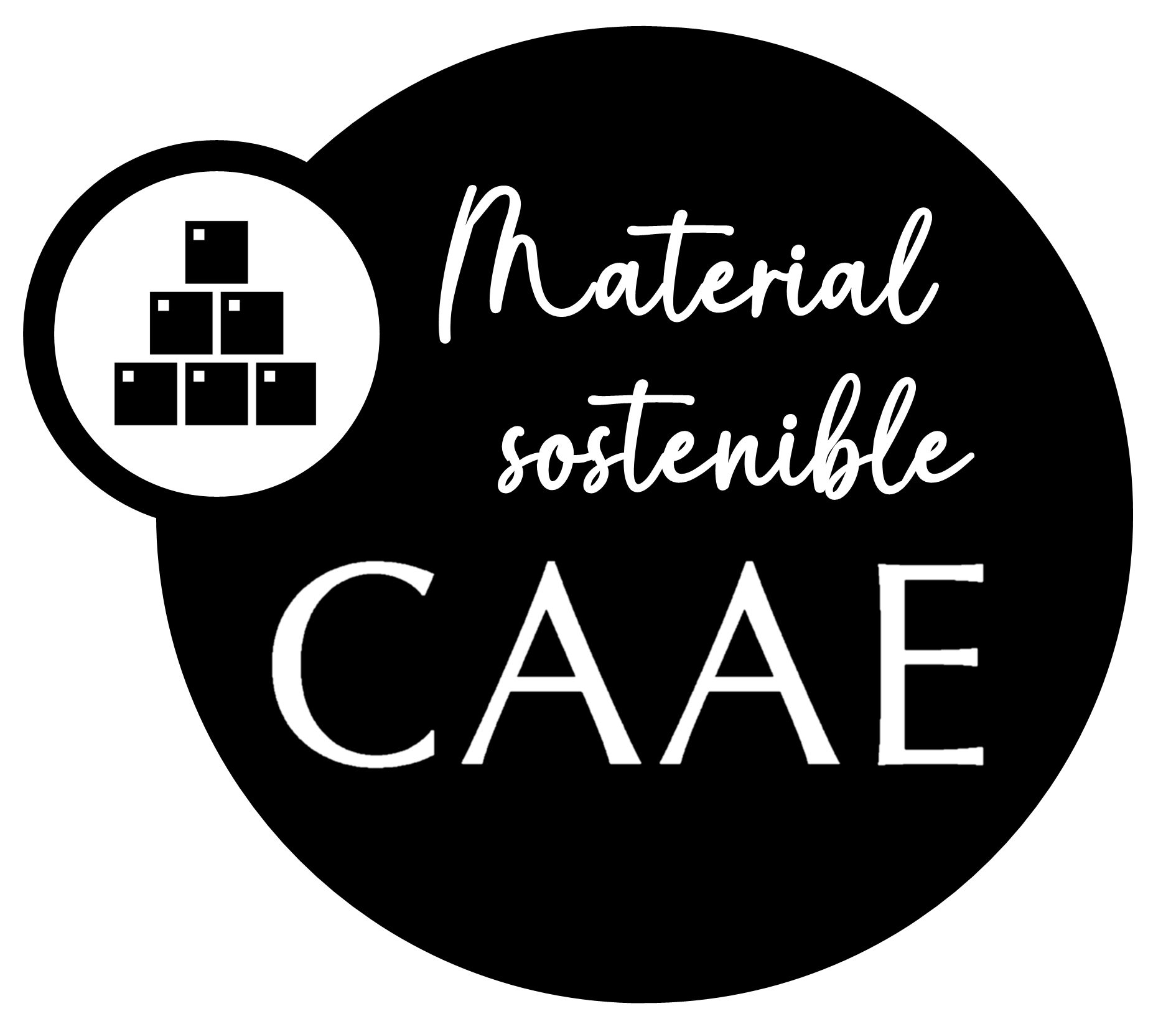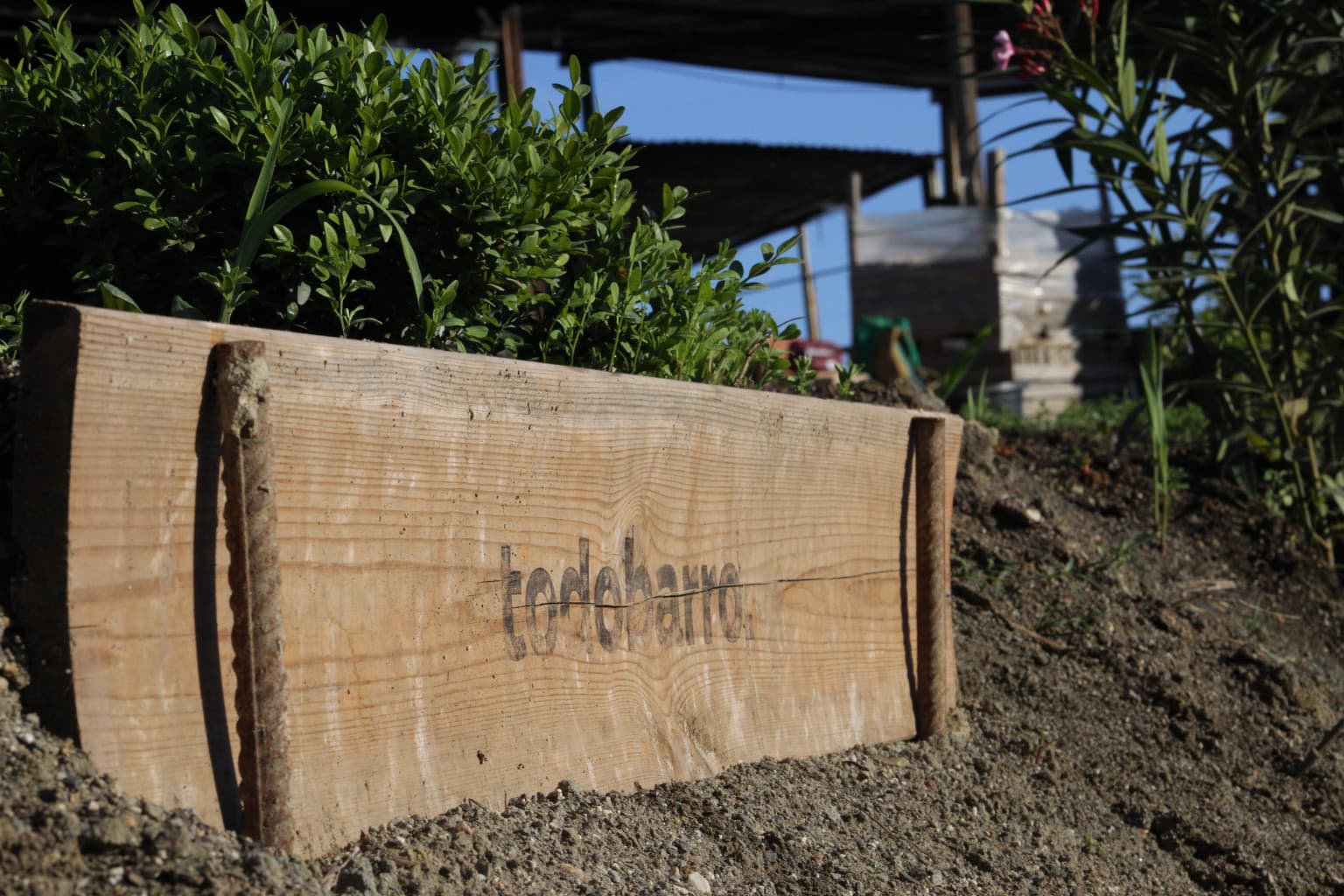
Interview with Enrique Salvo Tierra: «The sustainable business model of todobarro is the lead to follow»
We talk about sustainability with the Botanical's professor of the University of Malaga; director of our experimental Island of Biodiversity model
In our commitment to the environment and as a sustainable company, we’ve put ourselves in the hands of experts to advise us about what to do to best meet our part of environmental responsibility. In this case, we chat with one of our consultants: doctor Enrique Salvo Tierra.
Doctor Salvo Tierra has been a Botanics professor at the University of Malaga for over forty years, where he got his PhD. He’s published a dozen works related to environmental subjects and is a household name amongst specialized publications. Salvo Tierra has worked in the public, private and political sector. He has received his due share of accolades for his work both in and out of Andalucia.
One of our references to be a sustainable company
For the past decade, he has dedicated his research work to the incidence that the climate crisis has over flora and fauna, and he investigates how to mitigate those effects through Nature Based Solutions and Green Infraestructures.
We wanted to talk to him just about that. Doctor Salvo Tierra’s firm is found at the footer of the research that gave life to the island of Alboranic biodiversity model. We talk with him to know more about this project ‘s seeds and get a better idea of how far the branches of this tree could reach.
Interview with Enrique Salvo Tierra
Question: going straight to the point about the Island of Alboranic Biodiversity, the name itself draws attention. Why Alboranic Biodiversity? What is the importance of using native species in a project like this?
Answer: native species are those natural to the territory. This is an environment marked by bioclimatic conditions almost unique to the planet: while having four distinct seasons, we have a dry, warm period we call summer, and an absence of freezes and frosts during winter. In those conditions, a number of species grow with requirements very similar to those of the human species. Therefore, the intention of this Island of Alboranic Biodiversity is to generate solutions based on nature towards a future that is going to be dictated by climate change.
In that sense, we have what they call ways of mitigation and ways of adaptation. In this case, what is proposed is to combine both ways. Both because the plants chosen to build the island are going to be available to absorb a great amount of greenhouse effect gasses, and to generate an environment that fosters biodiversity, amongst other ecosystemic services.
The importance strives on the fact that, until now, these formulas of mitigation were carried out through big monospecific forest repopulations. For instance, the woods of Malaga were planted with big extensions of pines. It is proven that reaching enough maturity for those woodland populations to actually provide ecosystemic services takes a really, really long time.
This island of alboranic biodiversity is based on the analysis of flora and vegetation itself in our environment
This island of alboranic biodiversity is based, precisely, on the analysis of how flora and vegetation structure in our environment. In the woods, the tree can’t thrive without the bush, and the bush can’t live without the hedge. The idea of this island is to carry out a re-vegetation of environments impacted by anthropic activity, and in that way recuperate that native vegetation that is so important to us.
In Japan there has been carried out a similar model where the results have been so extraordinary it has popularized what is called “domestic woods”. People that have a certain extension of land within their properties can play with this model, where fourteen to fifteen native species participate, generating rapidly an ecosystem that is rich in birdlife and insect diversity. Those are indispensable for the future of our planet.
Question: Talking about human activity in industrial environments, over the last few years we have witnessed many companies claim to be “sustainable” without really being so. This project seems to be a big step forward towards solving the problem of fake sustainability. Do you think these kinds of initiatives will ever be common practice within the industrial world?
Answer: ever since I learned about todobarro I was surprised by their proactivism and entrepreneurship capacity, specially where tradition and innovation meet and intertwine. Whether they were aware of it or not, they were implementing ideas very close to the concept of Nature Based Solutions. I think with that todobarro shows that in an high activity industrial environment, carrying out this kind of sustainable initiatives is the paradigm to follow.
I’m convinced that tb.’s sustainable business model expansion is going to find great success
I’m convinced that todobarro’s sustainable business model expansion and the island of alboranic biodiversity is going to find great success. As you well said, today everything is green-washed. Sometimes things are reduced to the anecdotal, when the urgency to do something only gets bigger and bigger. We are facing a fast-paced climatic crisis: it’s coming too fast to let nature try and fix it on its own for us.
What is at stake here is a high elevation of temperatures, which will lead to bigger and longer heat waves. This will have an impact on the ecosystem, but especially on human species. We’re talking about fatigue, decrease in productivity, tolls on health and comfort… Until 2050, the rainfall will have an identical volume, but in shorter intervals. That means heavier rains, which carry away materials from the mountains and valleys, jeopardizing human settlements, towns and villages. This in addition to sea level rise and frequent floodings.
The Climate Change Act, if approved, will in my opinion settle a number of much needed landmarks to hit, and a direct responsibility from the industry. Especially from those who wish to turn not only towards the digital world, but towards the environment.
To carry out this kind of sustainable initiatives is to set a paradigm to be followed by other companies
Question: One of the expectations on the project is to end up creating an Industrial Green Belt. What would be the function of said Belt?
Answer: Green Belts fall within the category of green structures, which are being championed by the European Union at the moment (specially from the European Commission Directorate-general for the Environment). In fact, we have a great European Green Belt that goes from Scandiavia to Greece. There is a Great Green Wall in China, a Sub Saharan Belt in Africa… Here, we are fighting for a Mediterranean Green Belt and an Alboranic Green Belt. The strength in todobarro’s idea lies in taking those green belts to the very environment where greenhouse effect gasses are produced.
Question: What is the function of those green belts?
Answer: In adapting to climate change, taking advantage of all the ecosystem services provided by nature, such as CO2 sequestration, or the increase in biodiversity, or soil retention -which is lost in the most superficial layers if there is no vegetation to contain it. Also the increase in oxygen, the retention of suspended dust particles responsible for so many allergies… The concept todobarro is implementing is of great value and interest.
The strength in todobarro’s idea lies in taking those green belts to the very environment where greenhouse effect gasses are produced
Question: In the Guide for Nature Based Solutions in the Province of Malaga, the island of alboranic biodiversity epigraph is introduced by talking about the Nasrid gardens. Just the cultural period to which todobarro attributes the origins of its activity. Is that origin of any help in being a sustainable company? To which point are Nature Based Solutions in debt with a tradition that, even if fallen into oblivion, has been present for a really long time in our culture?
Answer: Great question. That notion of the Nasrid garden as a space that sublimated the emotions wasn’t a whim. Thanks are due to todobarro for bringing back those traditional ways. The Nasrids taught us a short stone wall is the best way to contain. It seems unbelievable that thanks to such a simple technique we get to retain soil, filter water courses, and give shelter to species detrimental to maintain the ecosystemic balance (such as worms or pollinator bugs).
Water culture in the Nasrid world, in XIth and XIIth centuries Andalusia, displayed an extraordinary amount of engineering. I was very surprised to find on my first visit to todobarro a construction model that goes back to those early givers.
Thanks are due to tb. for bringing back those traditional ways
They knew it back then: we had a culture very related to that in North Africa where water was very scarce. This is true now again, when water ought to be our biggest concern. Is the limiting factor of the future. If we continue to consume and waste water at this rate, we’ll face devastating periods of drought.
That concern of todobarro’s for fostering these traditions, cultivating them and turning them into an innovative and integrative element of high artistic value is commendable from all points of view. It mixes history, tradition, engineering, architecture and environment, so important today.
Question: One last question. The whole team of todobarro conveys great enthusiasm for being a sustainable company, and for the island of alboranic biodiversity project. What makes a project like this so exciting?
Answer: On one hand, innovation. We designed this island in a theoretical way, with some examples we were able to develop within the university. todobarro has caught the banner of being the first entity to actually carry it out. I think that kind of leadership translates into an excitement that, if it doesn’t fade out, will end up harvesting great things.
There is the key to everything. That ‘s what guarantees that island is going to be the example to follow. The business model todobarro raises must be the lead to follow if we want a better future ahead of us.
